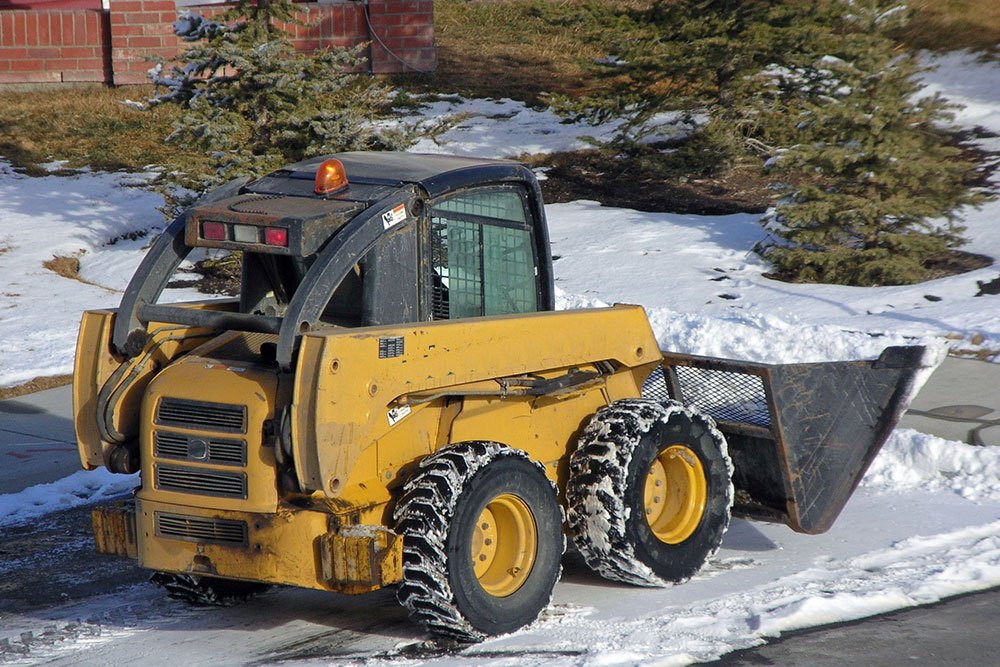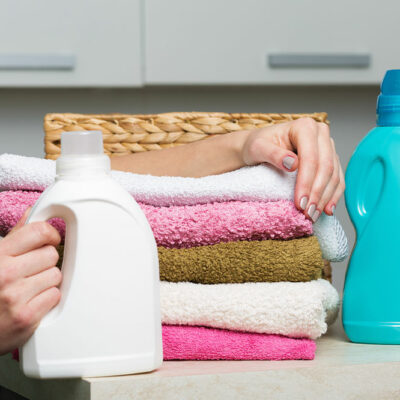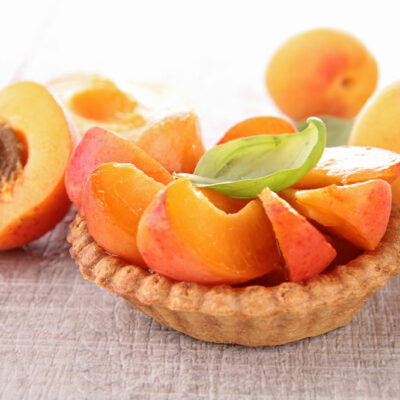
Skid-steer safety hazards and tips for operating them
Skid-steer vehicles are compact machines used for various tasks like lifting trees into landscaping sites, scooping out farm manure, and moving payloads of rocks, manure, and soil from one place to another. Their small size and versatility are useful for many farming and landscape activities. However, these vehicles must be operated with caution as it may lead to accidents otherwise. Here are some details related to skid-steer safety during farming and landscaping activities:
Skid-steer safety hazards
Using skid-steer vehicles in farms and landscape zones can result in a host of hazards. Some such hazards to watch out for include:
Rollovers
Tip-overs or rollovers are caused when skid-steer systems are overloaded with soil, manure, crops, or other things. Overloading the machine can make it unstable, resulting in fatal issues for skid-steer users as well as pedestrians. In addition to injuries and fatalities, rollovers also cause damage to farms, crops, and landscape structures.
Being struck by falling materials
Due to improper loading, there is always a distinct possibility of the things carried by a skid-steer falling on the machine operator. This can cause injuries to the operators, which, in many cases, can also be life-threatening in nature. Special precautions need to be taken to prevent this possibility.
Hydraulic system-related safety issues
The hydraulic system pressure can cause issues such as pin-hole leaks in the vehicle. This can cause injuries to people if they use their hands to search for the leak and other issues. The hydraulic system pressure tends to be in the range of 2000 pounds per square inch (psi). At such high pressures, it is likely for injuries and fatalities to inevitably occur if the machine operator is not careful.
Slips and trips
Falls and slips are another common accident that may occur if skid-steers aren’t used properly. If the floor or other areas of the vehicle are greasy and have a dirt build-up, one may slip while trying to get into the vehicle. Slips and trips can be avoided if users take precautions such as wearing the right footwear, be aware of any liquid spillage on various areas of the machine, and move slowly in and out of skid-steer systems.
Pinch injuries
Pinch injuries sound harmless, but several prominent pinch points in skid loaders can cause appendages to get trapped and may result in the loss of limbs. For these reasons, one must check and be careful around such points. More importantly, one should not put their arms or fingers in pinch points as that could lead to injuries.
Runover accidents
Runover accidents can occur when users do not take the necessary precautions needed to operate skid-steers efficiently and safely. In places like farms and landscape zones, it is imperative for users and pedestrians to take specific precautions to let everyone know about the usage of the machine in the area. Pedestrians must be careful and avoid coming near a skid-steer machine while it is in motion or is switched on and ready to operate.
Essentially, one is at risk of numerous injuries and accidents if one operates heavy machinery like skid steers without taking necessary precautions. In some cases, minor mistakes made during ingress and egress can create life-threatening problems. Additionally, many occupational and worker safety-related organizations have discovered that a lack of proper maintenance and not using basic safety procedures also results in injuries and deaths of pedestrians and skid-steer users themselves.
Skid-steer safety tips
Here are some valuable safety tips to pay heed to while using skid-steer systems:
Following the protocols for entering and exiting skid-steer vehicles
There are several entry and exit-related safety tips to follow while using skid-steer systems. For instance, one must never climb onto the loader unless the lift-arm of a skid-steer system supports are in place or if the bucket is resting on the ground while being completely flat. Additionally, one must have their face towards the machine and maintain the requisite 3 points of contact while stepping into the vehicle. Apart from that, one must never leap out of a skid-steer, as that can cause nasty injuries and accidents. Aside from these, there are several other entry and exit-related safety precautions to follow as per OSHA and other safety regulator guidelines.
Paying attention to the basics
As implied earlier, if basic safety protocols are respected and followed, then a large percentage of skid-steer-related accidents can be avoided. Some basic safety measures include keeping protective structures in place, using the 3-point method for dismounting and mounting on skid-steer systems, never exceeding a skid-steer’s operating capacity and load-carrying capacity under any circumstances, wearing seat belts or restraint bars while using the machine, and lowering the bucket that is attached to a skid-steer system while parking it safely.
Following proper maintenance procedures
One must always follow the manufacturer’s advice for preventive and service maintenance of skid-steers. Improperly maintained machines are more liable to malfunction and can result in accidents. Not maintaining the farming equipment as per regulations also violates standards set by OSHA. Additionally, one must always keep the foot controls free of mud, ice, snow, and debris. One must also regularly inspect and maintain safety belts, side screens, restraint bars, interlocked controls, and the machine’s rollover protection structure. Under no circumstances must any safety system be disabled. Apart from these, here are some other tips to note while operating a skid-steer machine:
Know one’s field of vision while operating the system.
Follow safe operating procedures.
Keep track of shifting balance.


